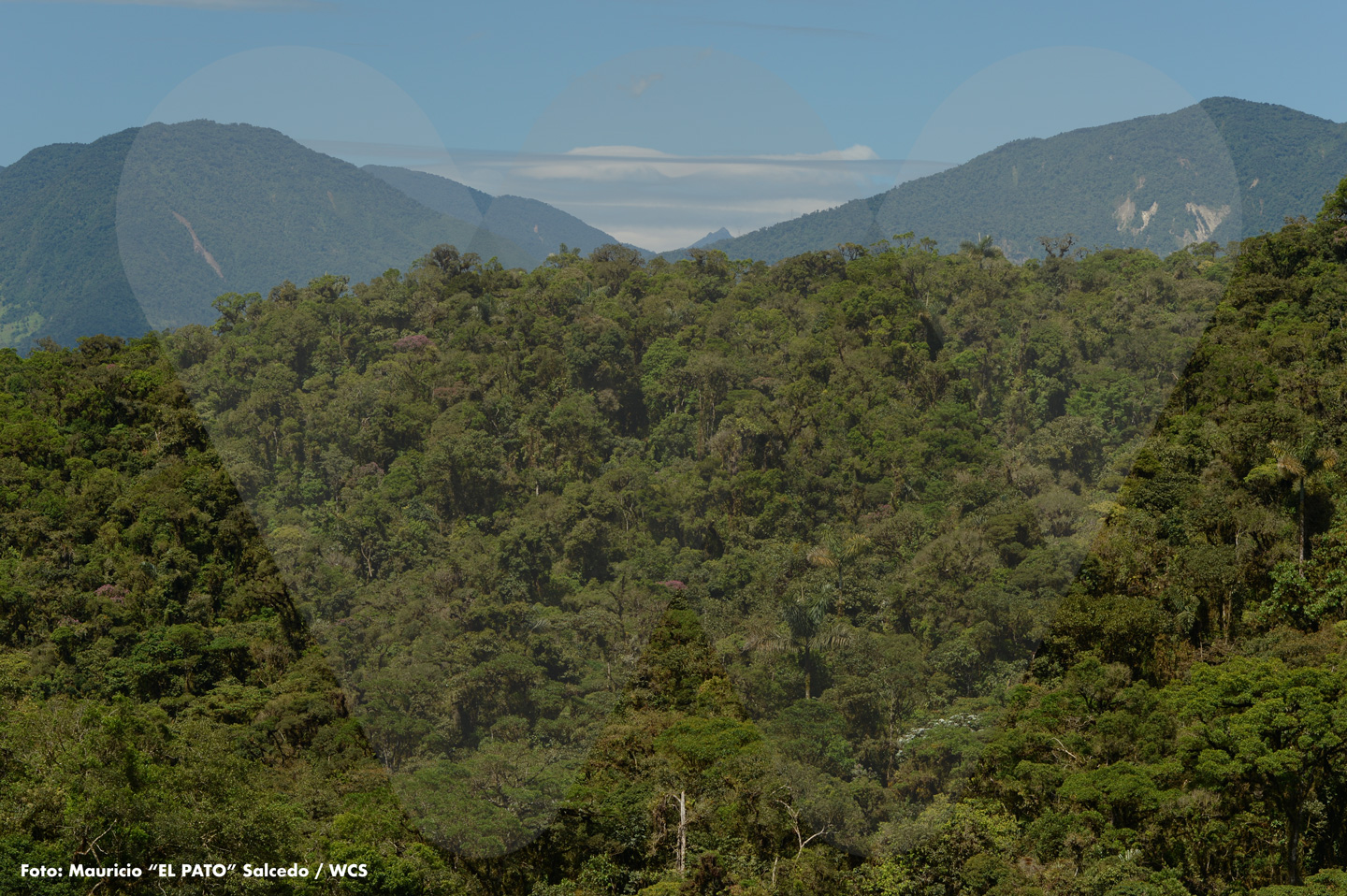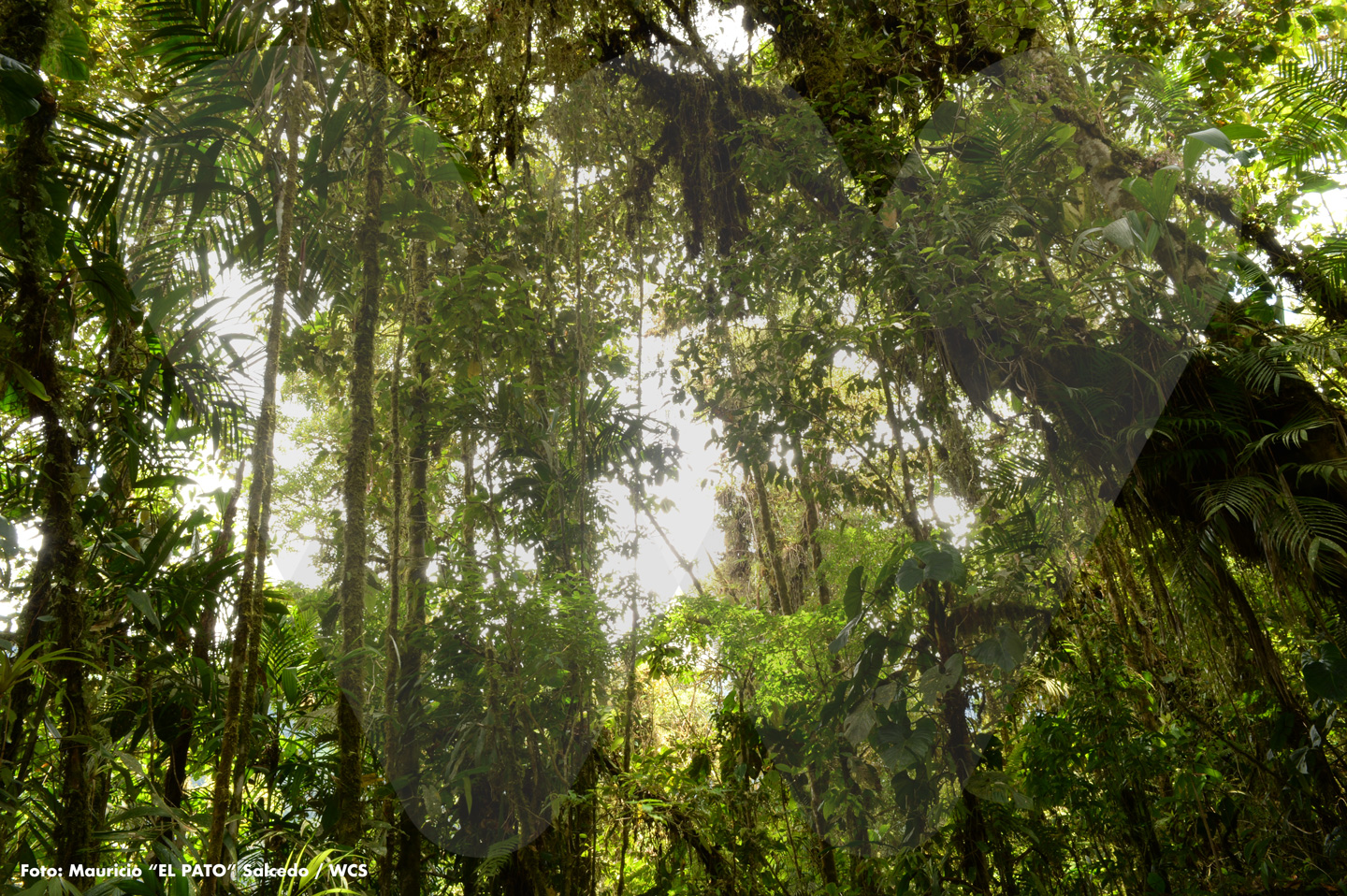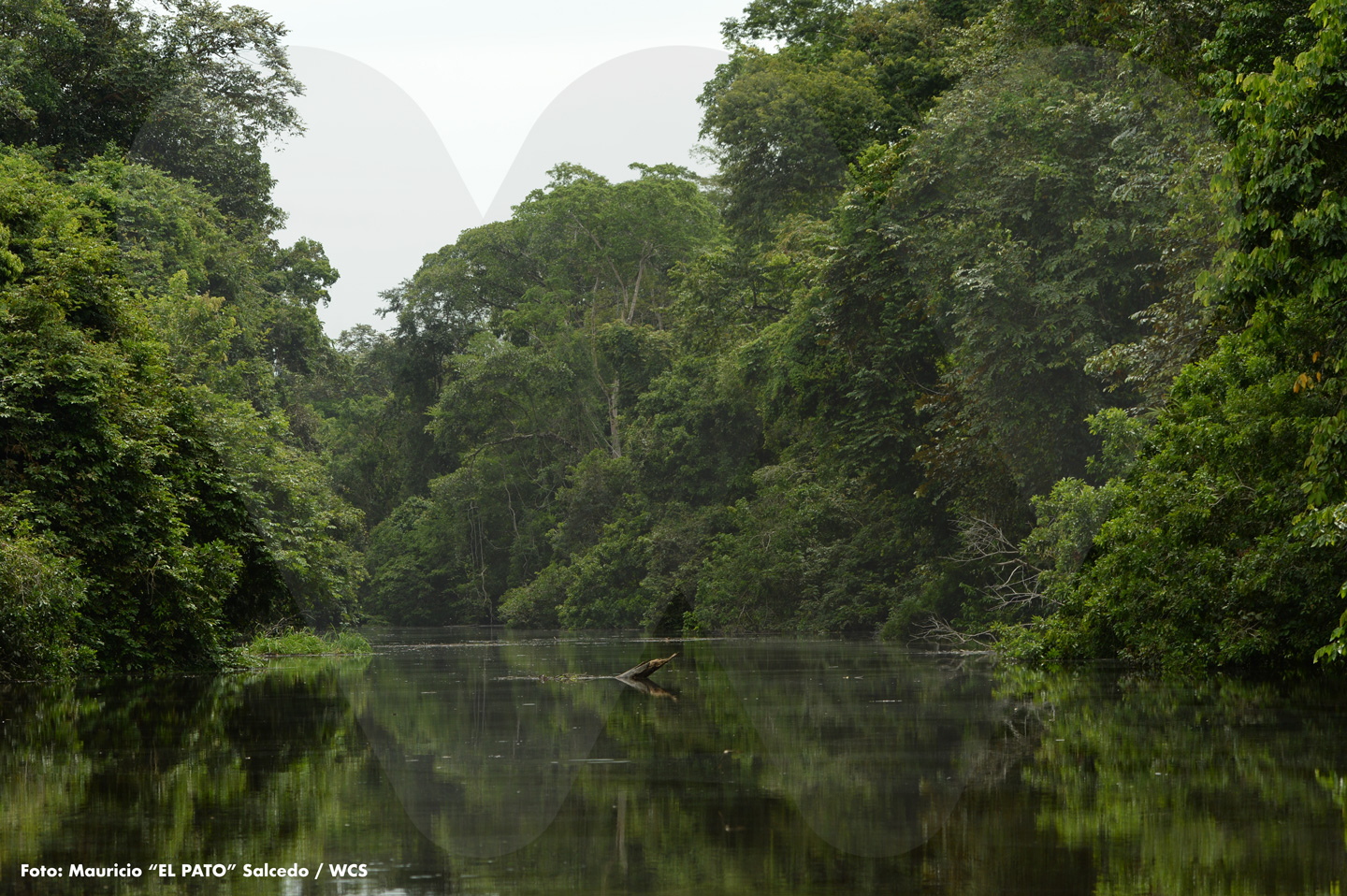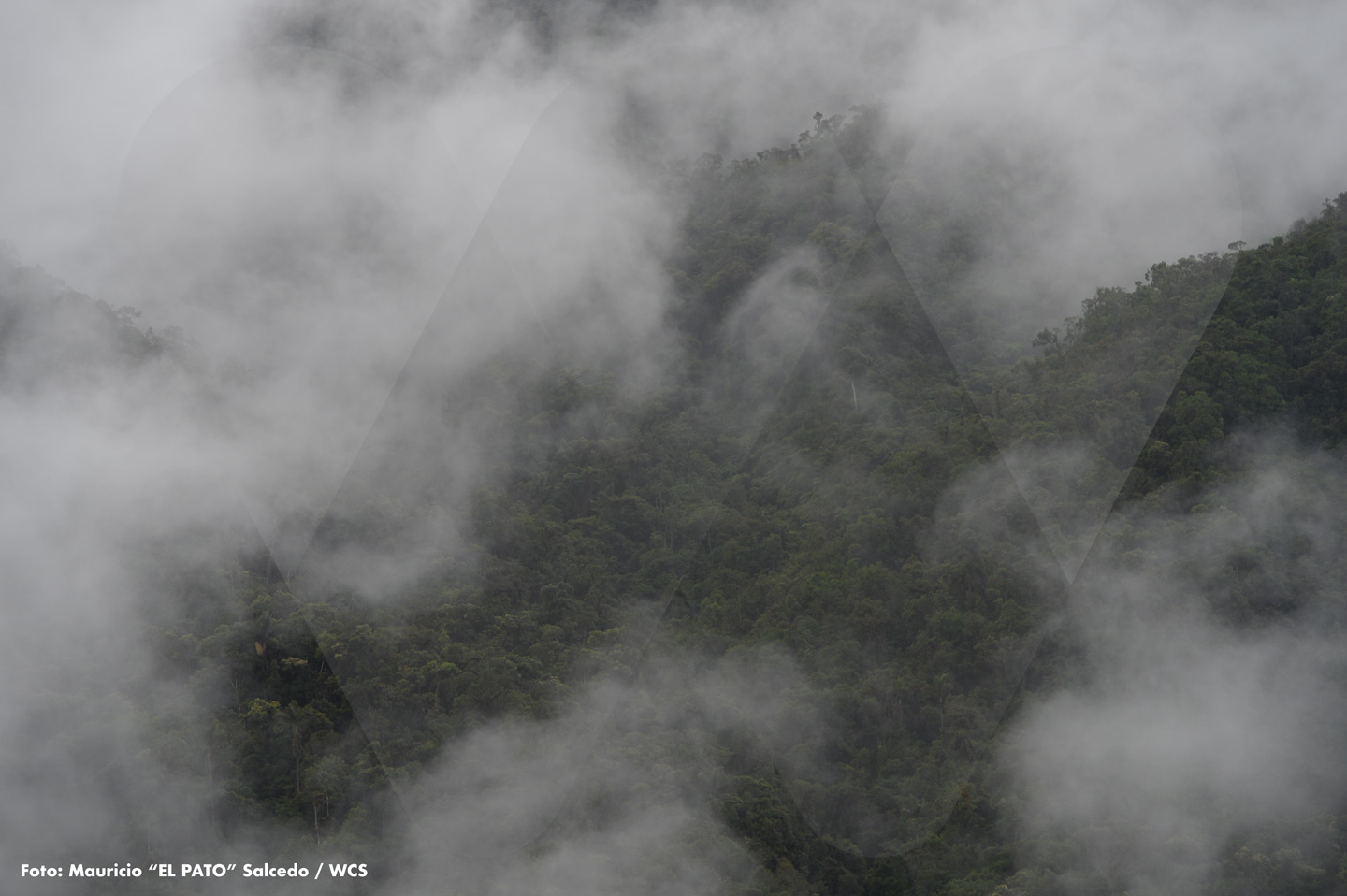60% of the planet’s forest coverage, survival of deforestation, has been impacted or transformed, highly or moderately, by man. The research led by WCS and recently published by Nature, appeals for a restraint of these modifications in the forest environment, if we want to prevent future pandemics or mitigate climate change.

Talking of forests, often the concern is focused on the influence of deforestation on them. And it is quite frequently normal to measure what is destroyed, but almost never what remains.
A research recently published by the prestigious magazine Nature Communications changes that approach, because it focused on analysis, what its authors define as Ecosystem Integrity Index or Forest Landscape Integrity Index (FLII) that refers to and shows the status of the forests that still survive in the world.
The study was carried out by close to 50 international experts working for organizations such as The Nature Conservancy, the University of Arizona, the Rainforest Foundation, the World Wide Fund for Nature (WWF) and the University of Queensland. All were led by WCS and its Director of Conservation Planning, Hedley Grantham. Cristián Samper, Executive Director of the organization and .Padú Franco, WCS Director for the Andes, Orinoquia and Amazonía, participated.
The participants, based on this index, were able to establish that 40 percent of the planet`s forest coverage has a good status of ecological integrity. The rest (60%) is highly impacted (it has from medium to low integrity). Of this 40 percent, only 27 percent is legally protected or covered by designations that offer protection and could guarantee a future without damage.
The biogeographic Amazonia and Chocó
The forests with a high Ecosystem Integrity Index or with reduced impacts, in accordance with this research, are located mainly in Canada, Russia, Central Africa (Congo and Gabon, Sudan, Angola and Mozambique) and New Guinea, Sumatra, Borneo and Myanmar. In South America there are positive results in the Amazon biome that covers Guyana, French Guyana, Suriname, Colombia, Brazil, Bolivia, Perú, Venezuela and Ecuador. There are also conserved glades in the south of Chile as well as in some places of Central America.

“The Amazon biome contains, without a doubt, part of the most unaltered forests of the planet. Their conservation is imperative if we want the world to overcome the big crises it faces today: climate, biodiversity and health. The region’s governments and civil society must do everything in their power to maintain them unaltered”, explains Padú Franco.
Padú adds that the same responsibility that must be had with the Amazon rainforest should include, for the case of Colombia, the Biogeographic Chocó and other important forest remnants in good condition located in the Andes and the Caribbean (more details in the following link).
This means that they are still free of alterations caused by infrastructure construction, selective logging, inadequate forest management and advance of agriculture or the presence of invasive or non-native species and maintain connectivity at ecologically relevant scales. They also maintain high levels of biodiversity, render high quality ecosystem services and are more resistant to climate change.
Researchers say that, as more of these natural landscapes exist, humanity will have better tools to capture and store carbon, halt the impacts of climate change, sustain a biological diversity, have drinking water for more people, guarantee the rights of indigenous, afro and peasant communities and prevent future pandemics.
Realistic goals and fixed deadlines
Consequently, one of the objectives of the study is to advise decision-makers of the importance of an identification of the areas that should be protected taking into account if they could face greater risks of being impacted.
“Preventing degradation or the loss of integrity is a better strategy than trying to restore forests after they suffer damage, because restoration is more expensive, has a risk of failure and the probability of a full recovery of the benefits is low”, states the document literally.

In general, besides logging, fires and trafficking of species are causes that have reduced the integrity of the forest coverage, although experts admit that the level of impacts in the remaining forests of the Earth could be even worse than what the findings suggest. They also explain that the overexploitation of animals and plants of high socioeconomic value can vary considerably in different countries and regions, due to complex social, cultural, economic and governance factors, for instance, that are difficult to model spatially.
These conclusions arise precisely when the United Nations Convention on Biological Diversity has demanded concrete actions to halt ecological devastation and revert environmental degradation, the massive extinction of species and the destruction of ecosystems that sustain life. It is urgent, therefore, to define how measures to prevent the loss of biodiversity and guide the world on the path towards a sustainable development, are going to be planned and implemented.
“Consequently, Governments have to adopt policies and strategies to retain and restore the ecological integrity of some of their main ecosystems, ensuring at the same time economically viable, socially equitable and politically acceptable solutions in complex and very diverse local contexts”, concludes the publication.
“We urgently need measurable, achievable and realistic objectives, with fixed deadlines, to maintain and restore forest integrity, with goals directly incorporated to the highest level objectives in biological diversity, climate, land degradation and sustainable development”, adds the report.
